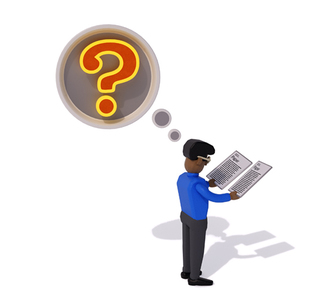
Richard Borge
Shortly after OpenAI launched their new AI chatbot—ChatGPT—last November, anxiety shuddered through the ranks of Yale faculty.
A free-to-use written-language software technology, turbo-charged by artificial intelligence, ChatGPT uses data to respond to prompts in fluent natural language and code. The disquiet lies in its power to generate college-level essays, solve calculus problems, and write complex computer code—not just in a matter of moments, but also with more coherence and polish than any other previous system.
Its sheer disruptive force, at least initially, seemed to portend the death of the essay, the rise of untraceable plagiarism, and even the end of higher education itself.
Inside Higher Education termed the tool “a plague upon education,” relating that “scores of Stanford University students reportedly used it on their fall 2022 final exams mere weeks after its release.” Higher Ed noted, ominously, that “a critical mass, a superspreader event, is clearly forming.”
Over the winter recess, Yale’s Poorvu Center for Teaching and Learning, together with faculty experts, sprang into action. They developed a webpage with a set of suggestions for adapting teaching to ChatGPT, including perspectives on academic integrity and ideas for integrating AI into assignments, among other topics. “We were hearing they needed guidance,” says associate provost and Poorvu Center executive director Jennifer Frederick ’99PhD.
The turning point came at a mid-February “Community Conversation,” which included panelists from a wide range of academic disciplines, according to Alfred Guy, Poorvu Center director of undergraduate writing and assistant dean of academic affairs. “The panelists tended to be on the ‘Let’s engage it’ side, not the ‘Fight it’ side,” he says. American Studies professor Laura Wexler noted that, given “cell phones, Wikipedia, Google search, spell check,” and other technological innovations—even the advent of writing itself—“we’ve been here before.”
The key, as with each new technology before it, is to use ChatGPT as a tool to “rethink how we teach in a way that inspires creative and original thought, and not just what these systems do, which is just a rewording and regurgitation of the sources they’ve been fed,” says Brian Scasselatti, professor of computer science.
That might mean an emphasis on experiential learning. Or smaller groups and personalized assignments that increase students’ investment in a project. Or using the technology’s ability to generate rote information as if it were a tutor. Or examining the (often) wrong answers it produces—“ChatGPT is designed to spit out cogent phrases, not actual facts,” Guy says—as a tool of critique.
That’s all well and good, but then there’s the next-generation ChatGPT-4, released in mid-March, with its human-level performance on exams and far more reliable written responses. “It’s probable, if not certain, that ChatGPT is only getting smarter,” Guy says.
The peril that educators should avoid, Frederick says, is “ignoring it. We’re better, as an educational institution, to pay attention and to be really intentional about what is happening. Because this is not going back in the box.”
 loading
loading